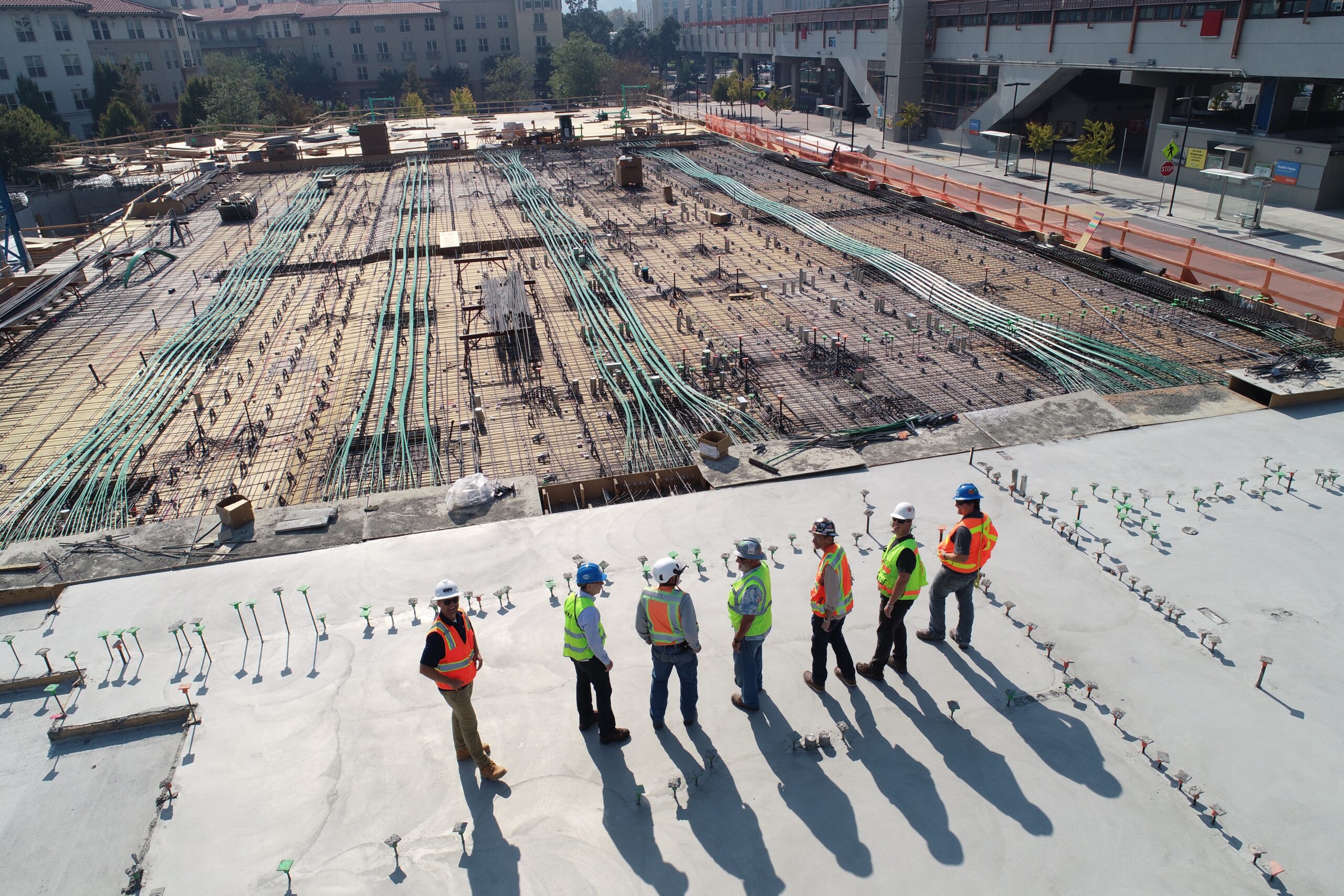Construction can be damaging to the surrounding environment, but public safety and property must be protected as far as possible. Implementing the right measures is key to allowing building projects to run efficiently while minimising the risk of damage. Besides the necessary precautions such as builders’ insurance, what can be implemented to avoid any complications around construction sites?
Surveys and risk assessments
Carrying out thorough surveys and risk assessments before work starts is crucial to identify areas of existing degradation or weakness. This can be for structures onsite and offsite that are near enough to be vulnerable to any construction work.
Systems that aren’t visible, such as water and gas pipes, are just as susceptible to impacts and can cause significant disruption to other buildings and wider infrastructure. Identify any networks and surrounding buildings that may be impacted by any demolition, excavation or ground penetration, then put precautions in place to ensure these are protected.
Effective communication
Minimising damage requires effective communication between construction workers. This can help to avoid mistakes that cause unnecessary destruction. Every building site should have rules around limiting distractions to keep workers safe, but this is also useful to reduce the risk of accidents that lead to damage to the surrounding environment.
Communication is also required between construction management and various stakeholders to avoid harm to public property. Local councils and building managers can provide support when it comes to infrastructure and structures linked to a construction site.
Site safety principles
Every construction site should have core safety principles followed by all workers. These not only protect employees but members of the public and public property around the perimeter. Clear boundary fences, traffic management systems and safety signage are just a few of the fundamental features that serve to contain the noise and impacts of construction.
Tools and equipment should also be used and maintained appropriately to reduce environmental damage. Considering better and more efficient construction equipment may help keep everything safe and sound. This also relies on sufficient levels of training for construction workers to ensure that methods minimise unnecessary impact and regular maintenance of industrial machinery to maximise its precision.
Reducing the damage caused by building work is important for construction companies to reduce losses and appease stakeholders around their sites. Unforeseen issues can also delay project timelines, making it more difficult to meet deadlines and all important budgets. With the right assessments, planning and precautionary measures, damage to public property can be avoided in most situations.
